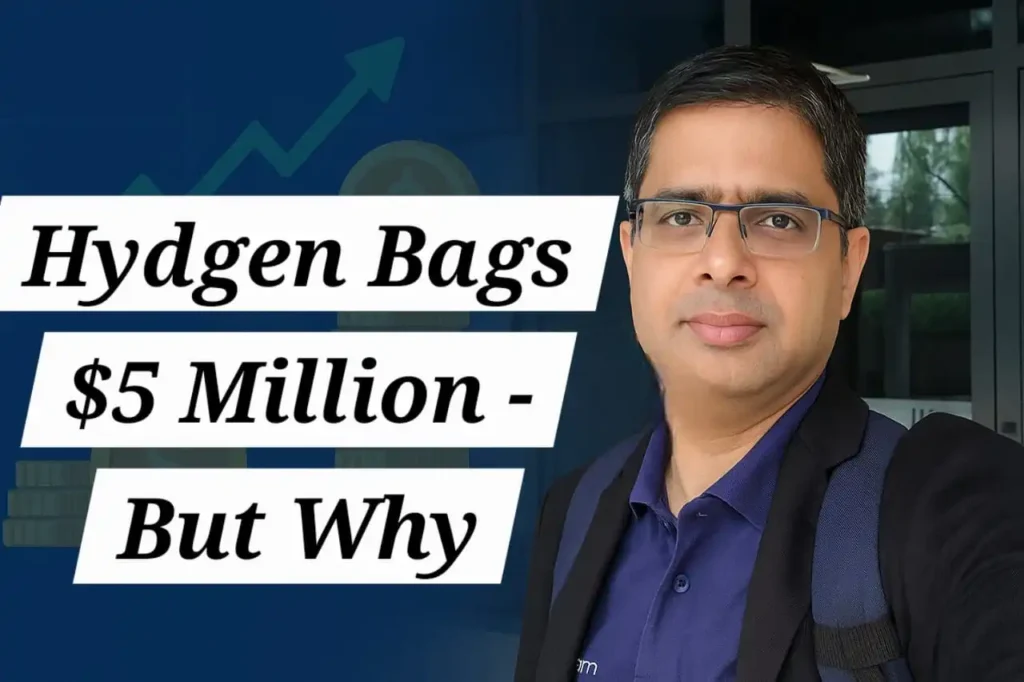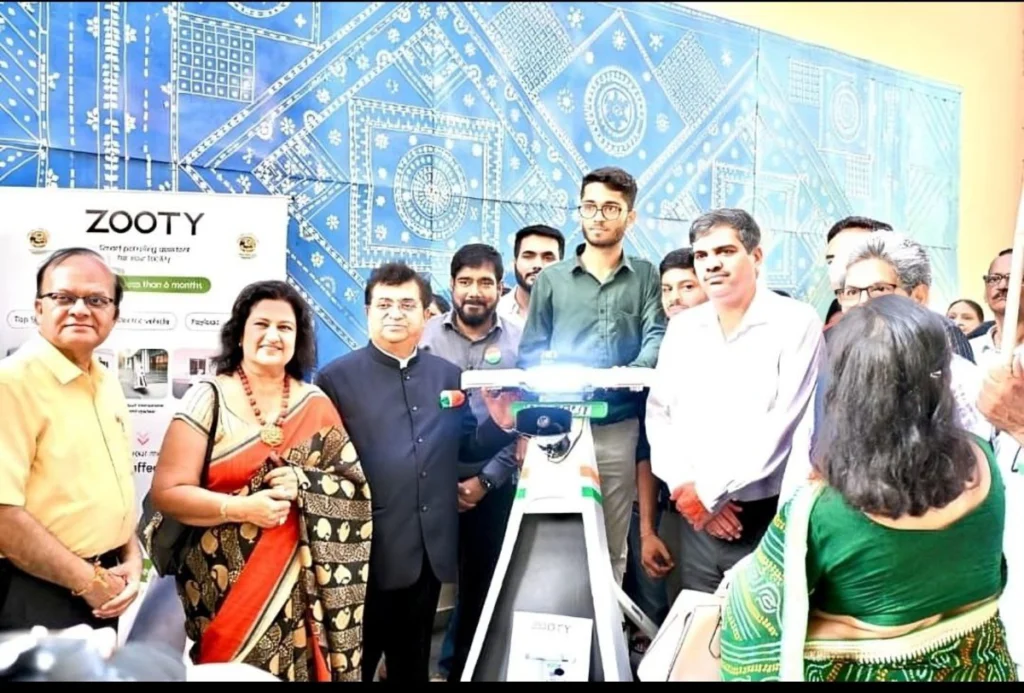Hydgen, a Mangalore-based deeptech startup, recently secured $5 million in funding to scale its innovative green hydrogen technology. This investment signals a major shift in industrial decarbonization. Let’s explore why investors are betting big on this breakthrough solution.
What is Green Hydrogen and Why It Matters
Green hydrogen represents the cleanest hydrogen fuel available today. It’s produced through water electrolysis powered entirely by renewable energy sources like solar and wind, generating zero carbon emissions. Unlike grey hydrogen, which contributes approximately 830 million tonnes of CO₂ annually, green hydrogen offers a sustainable alternative. India’s hydrogen market could reach $9-34 billion by 2030, driven by the National Green Hydrogen Mission’s ₹19,744 crore allocation. Industries like chemicals, semiconductors, and oil refining currently depend on grey hydrogen, making the transition to green alternatives both an environmental imperative and economic opportunity.
AEM Technology: Hydgen’s Secret Weapon
Hydgen’s proprietary Anion Exchange Membrane (AEM) electrolyzer technology combines affordability with high efficiency. Unlike expensive PEM systems requiring platinum-group metals, AEM uses affordable transition metals like nickel, reducing stack costs by 65% and catalyst expenses by 75%. The technology operates in slightly alkaline environments using just 1% potassium hydroxide concentration, compared to 20-30% in conventional systems. Hydgen’s AEM electrolyzers produce 99.9% pure hydrogen and respond well to variable renewable energy inputs. The company offers modular systems from 1 kilowatt to 100 kilowatts, with a 250-kilowatt stack under development, enabling true industrial-scale production.
Who Funded Hydgen and Why
The $5 million round, combining equity and debt, was led by Transition VC, with participation from Cloudberry Pioneer Investments (Europe), Moringa Ventures (Singapore), and strategic family offices from India and Singapore. Transition VC’s Managing Partner Mohamed Shoeb Ali highlighted Hydgen as the first team capable of scaling AEM electrolyzers to industrial levels while maintaining cost leadership. The investment confidence stems from Hydgen’s proven track record—pilot projects launched across India, Singapore, and Southeast Asia are already scaling to commercial operations. Originating as a National University of Singapore spin-off, Hydgen combines academic rigor with commercial viability.
Industries Ready for On-Site Hydrogen Production
Hydgen targets industries that are heavy hydrogen consumers facing significant supply chain challenges. The chemicals sector uses hydrogen extensively in ammonia production and methanol synthesis. Semiconductor manufacturing requires ultra-pure hydrogen, where supply disruptions can halt expensive fabrication lines. Oil refining operations consume enormous quantities for desulfurization and hydrocracking processes. The mobility sector, particularly fuel cell vehicles and refueling stations, needs distributed production capabilities. Hydgen’s on-site, on-demand production model eliminates expensive hydrogen transportation and storage logistics while ensuring consistent purity standards, making the business case compelling even before environmental considerations.
Cost Savings: Green vs Grey Hydrogen
Grey hydrogen currently costs $1-2.93 per kilogram, while green hydrogen historically ranged from $4.50-12 per kilogram. Hydgen’s AEM technology disrupts these economics by offering 30-40% cost advantages over delivered grey hydrogen when total supply chain costs are considered. On-site production eliminates expensive transportation and storage infrastructure—hydrogen requires high-pressure compression or cryogenic liquefaction for transport, adding significant costs. The elimination of platinum-group metals reduces capital expenditure dramatically. As renewable electricity costs decline, green hydrogen production costs fall proportionally. Industry analysts project green hydrogen will achieve price parity with grey hydrogen by 2030, positioning Hydgen perfectly for this market transition.
Learn Business Model Of Hydgen

My Name is Adarsh and I am Empowering startups with high-quality content at Startups Union and bridging the gap between brand stories.




